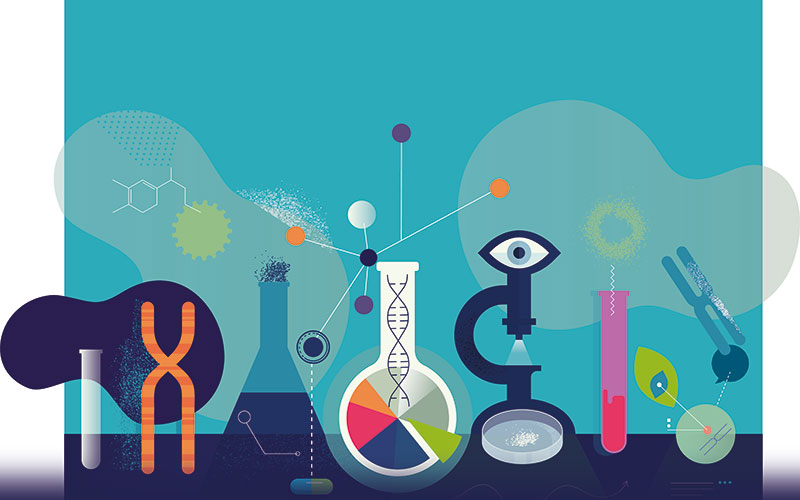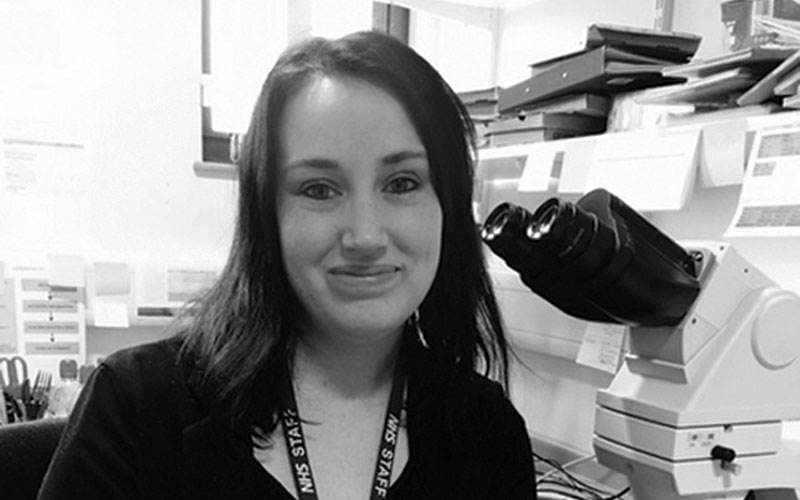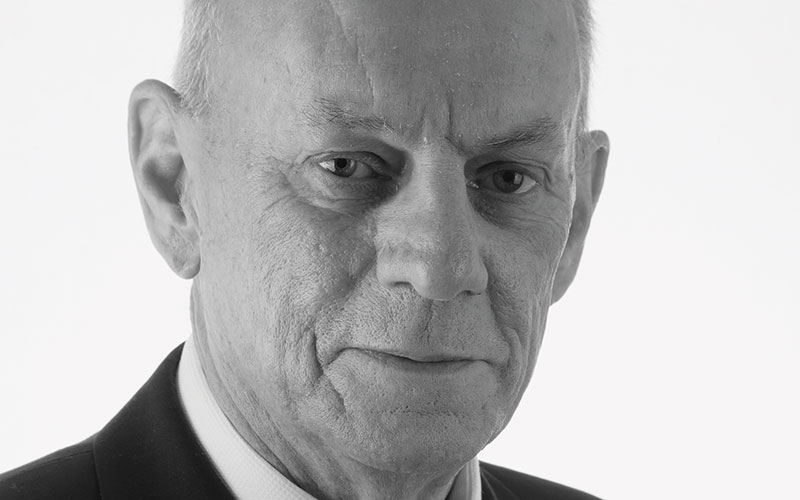This month we ask: “What is the future of multidisciplinary working?”


Consultant Healthcare Scientist
University Hospital Southampton NHS Foundation Trust
I believe the future is multidisciplinary, but perhaps not in the traditional sense. Traditionally, multidisciplinary biomedical scientists are considered those of us who work across a variety of pathology specialisms, especially within private laboratories.
Historically, the most common career pathway for biomedical scientists was into management, often staying within host departments until retirement. Nowadays we have a wider range of options, including clinical practice, education, research, management and leadership. When we develop expertise in these areas, often supported by professional qualifications, we should also be considered as multidisciplinary scientists.
Increasingly, biomedical scientists who have developed expertise in other areas are branching outside of their traditional scientific roles. This may be via split roles as educators or professional leads within employing organisations, but increasingly can also be via seconded roles to other healthcare bodies and organisations.
There are some wonderful opportunities for us to get outside of our host departments and to work alongside other healthcare professionals at a more strategic level, using the fantastic knowledge and skills that we develop over the course of our careers to influence and enable positive change for both patients and colleagues.
The future is multidisciplinary and it is within all of our power to develop ourselves to our full potential.

Medical Technical Officer
Unilabs, London
We already have multidisciplinary work in action, in the form of multidisciplinary teams (MDTs), which deal with more complex patient cases – diagnosing and coming up with care plans. Multidisciplinary work allows staff from different science backgrounds to work together to improve our current services for the good of the patients. For example, the diagnosis of cervical cancer typically involves virology, cytology, and histology. A patient would get a cervical brushing, which would first be tested by polymerase chain reaction and, if positive for HPV, would then have a slide made for a cytoscreener. If the case is graded moderate or above then the patient would then be referred for a biopsy, which would be sent to histology.
Being trained in a variety of disciplines and having attended MDT meetings has helped me better understand the diagnostic pathways. If more people were multidisciplinary trained, they would be able to help different departments when short-staffed or backlogged. They would be able to give better advice to clients, understand what to do when receiving other specimens, understand how to store other specimens and might be able suggest or implement new procedures to improve our current practice.
Multidisciplinary work is the future in evolving biomedical science, but will need departments to work together as we are all working for the same goal – the patient’s health.

Head of Modernising Scientific Careers
Liverpool Clinical Laboratories
Previously as a Senior Chief Biomedical Scientist and manager of a number of departments, I purposefully developed a number of staff to undertake functions across a number of departments.
The development of such staff was perceived as a win–win situation – the staff having an enhanced role providing them with a greater variability of duties and, therefore, interest throughout the day, but it also gave me a greater degree of flexibility in the provision of operational services. This enabled the demands of not only turnaround times, but also of staff availability and sickness/absence, to be met.
The developments in multidisciplinary automated platforms we have, and will see moving forward, are great enablers for the multi-skilling and reconfiguration of our staff, especially support staff and more junior biomedical scientists. We have moved away from the rotation of trainees and they have lost the joined-up thinking and understanding of inter-departmental roles and dependencies and the clinical laboratory impact on patient care pathways, outside of their own discipline. A truly multi-skilled workforce enables solutions to workload and staffing and also enables the development of more experienced staff to progress.
The national transformation agenda, the formation of hub-and-spoke models of clinical laboratory service delivery and the delivery of 24/7 services within either current financial constraints or with little investment, make multidisciplinary working an appealing option.
Image credit | iStock
